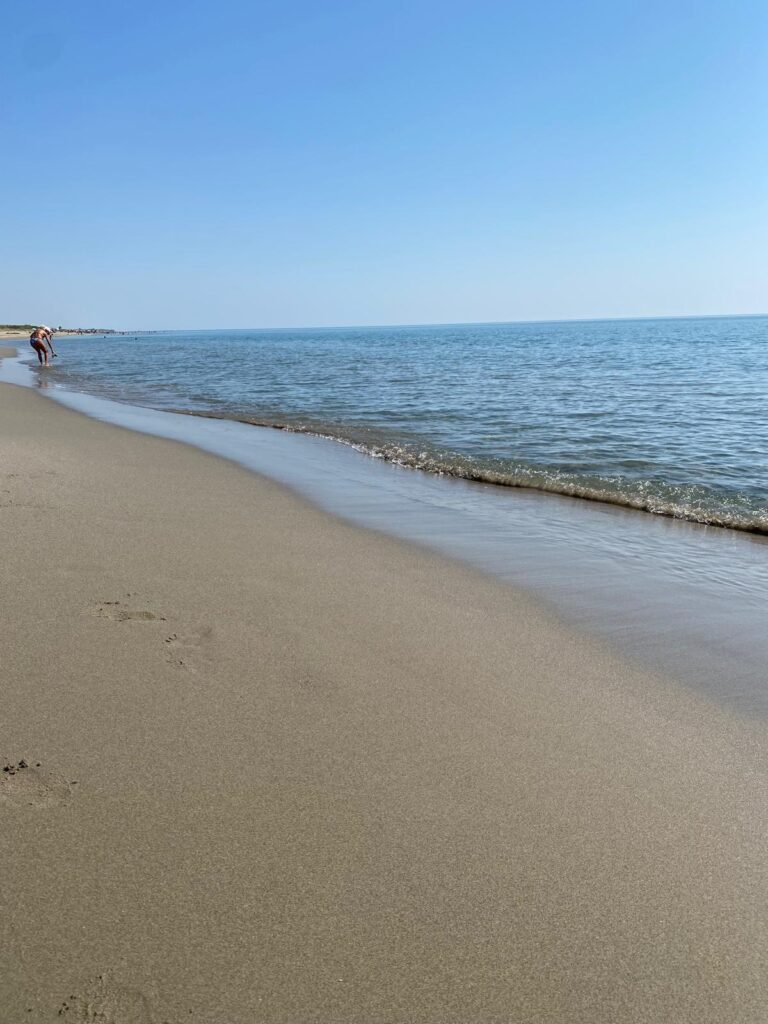A Pause in a Boiling World
Confronting Climate Change During the Hottest Summer Ever
After a brief pause from writing, we’re confronted with a stark reality: the world isn’t just metaphorically but literally boiling. This realisation resonates deeply with us, not only with our work in the fashion industry but also with our entire lives.
Over the past few weeks, we journeyed through Italy, from Milano to the tranquil landscapes of Basilicata. Along the way, we immersed ourselves in beautiful places, savouring the food, connecting with people, and even grappling with Wi-Fi issues that forced us to momentarily step back from blogging. But what left the most profound impression was the relentless heat. The scorching temperatures, the unnaturally boiling seawater, everywhere. This was an unprecedented experience that made the reality of climate change feel more tangible than ever.
The summer of 2024 is now officially the hottest on record.

This extreme weather is having a profound impact not only on production chains and labourers but also on consumer habits and retailers. Yet, the fashion industry remains largely indifferent to this urgent crisis. Instead of responding to these challenges, the slowdown in consumer spending and the resulting decline in brand revenues are driving the industry in the opposite direction.
According to Business Of Fashion “Sustainability teams at big brands have been hit with layoffs; some companies have watered down their climate targets; and others are deprioritising sustainability efforts to focus on growth amid market volatility.”
Faced with financial pressures, the fashion system is prioritising growth and profitability, relegating sustainability to the background. Even the industry’s outward commitment to sustainability is starting to crumble.
Are we about to witness the facade completely collapse?
And so, in this moment of pause in a boiling world, the harsh reality of climate change compelled us to question everything.
How can we ignore the effects of this climate crisis on our lives and our work? Can the fashion industry really continue with business as usual? Should we reopen our boutiques as if nothing has changed? Is it possible to approach the Spring/Summer 2025 buying season without acknowledging the profound shifts happening around us?
Moreover, should we rush into the new Fall/Winter 2024-25 season? Still clinging to the outdated practice of dividing collections by season?
These are questions we can no longer avoid. The reality of our boiling world demands a thoughtful and immediate response.
We’re Back and Thrilled to Connect with You Again!
We’ve missed you! Dive into our latest post, and don’t hesitate to reach out – we’d love to hear from you! Whether you have questions, feedback, or just want to say hello, we’re all ears. Let’s start a conversation!
A Pause in a Boiling World Read More »